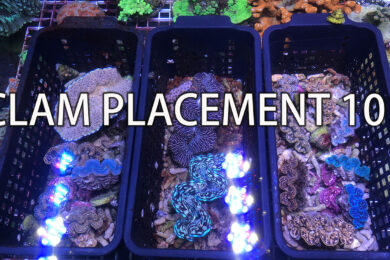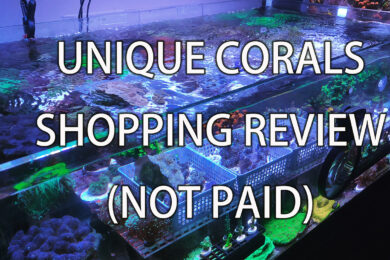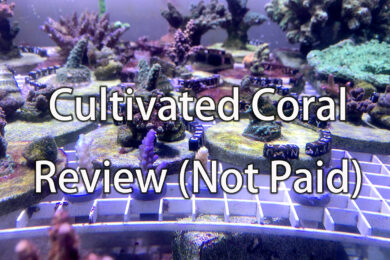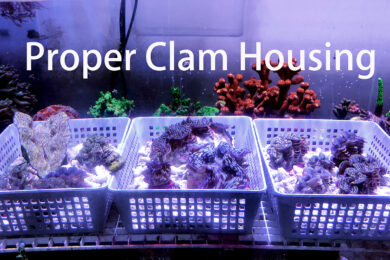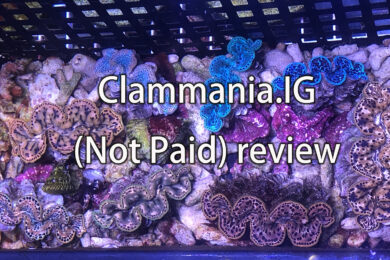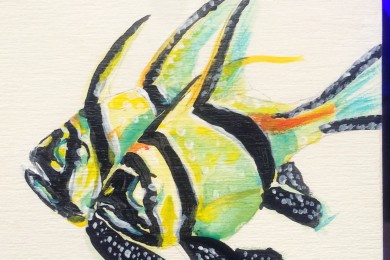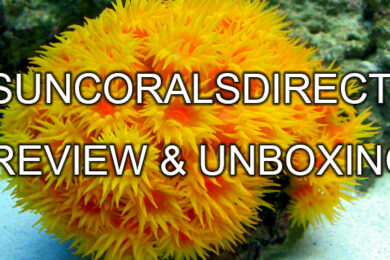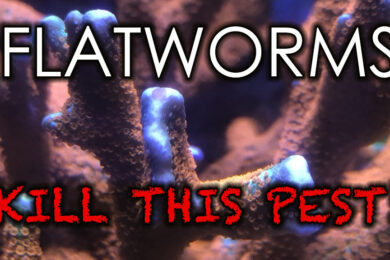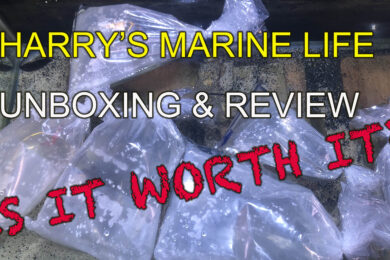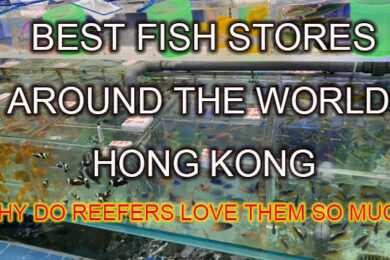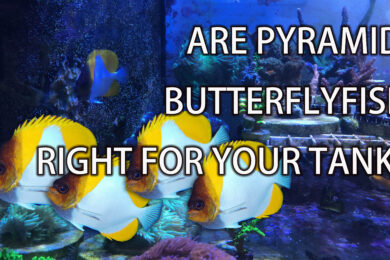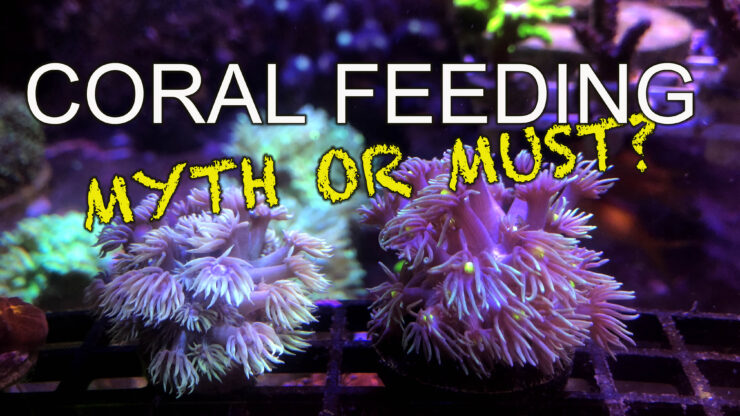Hello Everyone, Steven here! Thank you for stopping in to join our reef discussion today. If you like to skip the reading and rather enjoy the coral feeding show with my narration, please feel free to click the video below. And if you enjoy my content, please help support my effort by like, comment, share, and subscribe. Thank you!
Corals are animals, and all animals need to consume something in order to survive. Although it is true that some corals have other means to obtain energy, but does it mean they are completely independent from consuming food? Well, let’s discuss this.
When it comes to energy extraction, we can generally divide the corals available in today’s hobby into two groups: photosynthetic, and non-photosynthetic.
Photosynthetic corals- Just about everyone with a true reef tank and invest in expensive lighting is familiar with this group. Just about all of your vibrantly colored corals falls into this group. The symbiotic relationship between the coral and the zooxanthellae it houses is mutually beneficial. The zooxanthellae algae received protection, and provide coral its excess energy in return for the protection (sounds pretty gangster).
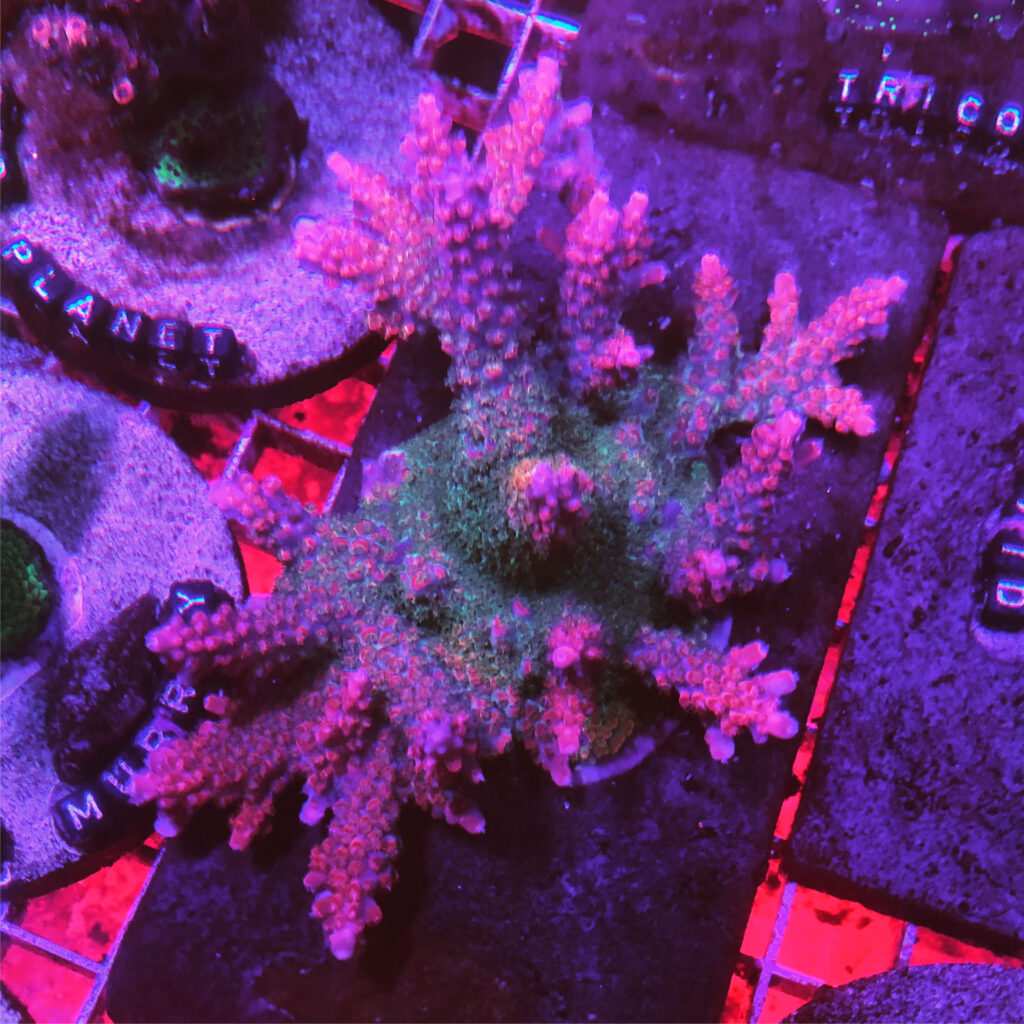
Non-Photosynthetic corals- These corals tend to live in deeper, dimmer conditions and thus are not suitable hosts for the photo-hungry zooxanthellae to dwell in. Instead, they rely on their tentacles to capture food in the water column for energy.
It is obvious that the second group, if you have them, will undoubtedly require regular feeding in order to thrive. So we can safely set them aside from today’s discussion as the answer is 100% conclusive.
What remains controversial, or I should say hotly debated is the need for feeding for the first group. Do corals with symbiotic photosynthetic algae providing energy will still require feeding? In my personal opinion the answer is a simple YES. Here is the reason why- Even though the zooxanthellae hosed within corals can provide more than enough energy for the coral to consume, and grow, it fails to provide anymore than just that. To put it in a human perspective- you would never want to feed your growing child just plain bread everyday would you? Sure if you give them a large enough of a loaf daily they will receive all the calories they need to sustain the basic functions. But what about vitamin? What about minerals? protein? fiber? fat? all of which are essential for a growing child. This is where coral feeding comes in to help supply what the algae can’t provide.
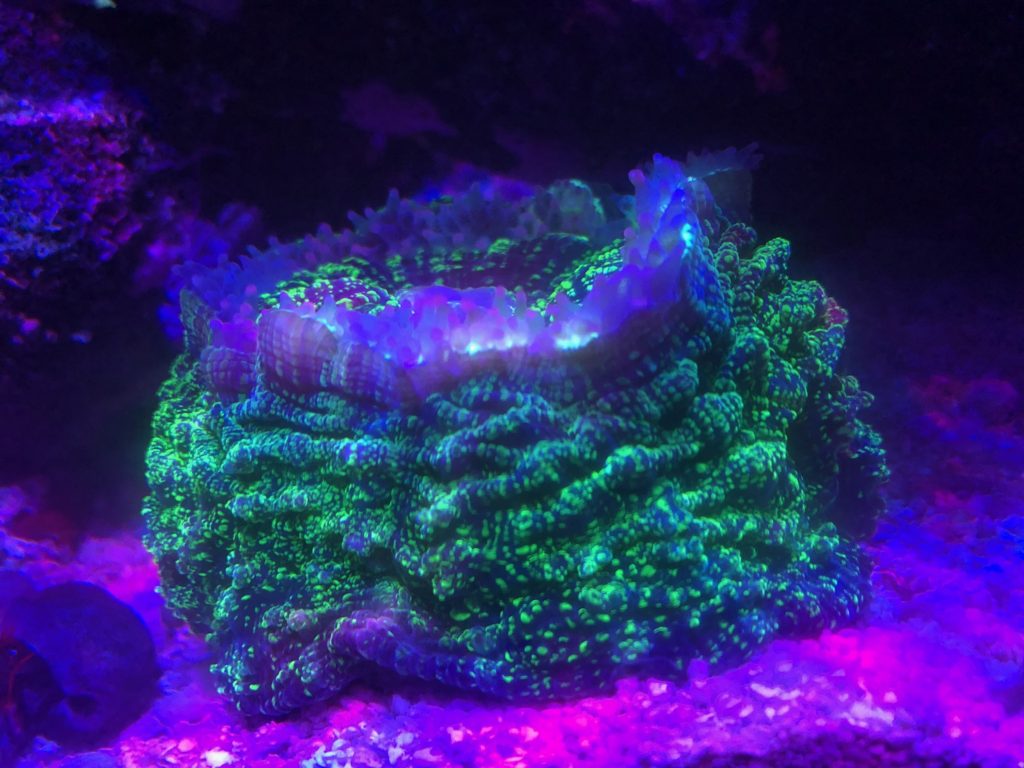
Have you ever wondered why corals have long, extending polyps, especially after dark? They are obviously not for decoration. In the case of large polyp corals, some of them have tentacles rivals that of an anemone, and can deliver quite a punch when stinging. They are meant to be used as such!
Large polyp stony corals such as lobophyllia, euphyllia, acans, etc are meant to be fed not just reguarly, but chuncky food such as mysis shrimp and minced or finely chopped treats. In my experience, the colonies that receive regular feeding all appear far happier, puffier, and experience faster growth than those don’t.
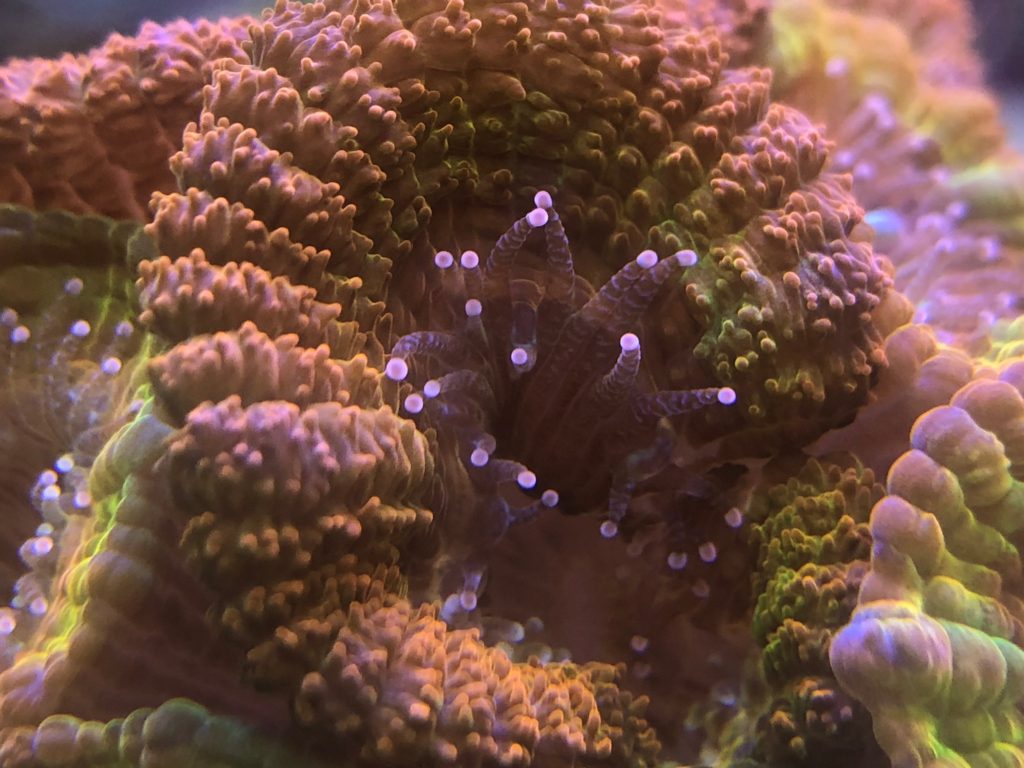
Small polyp stony corals will require finely ground treats, or planktonic mixes to capture with their very small polyps to help sustain. I know some fellow hobbyists will vote against feeding, and claim that their corals are thriving despite dedicated feeding regiment. My argument to that is- those who do not feed, are also having the tendency of either having “dirtier” water with higher nutrient mix, or performing regular dosing of nutrients and key elements into the water. You may not be deliberately feeding them to the mouth, but believe it or not through osmosis, corals’ regular inflate and deflate of soft tissue does take in and absorb the nutrient as a mean of feeding.
So in conclusion. Does coral require regular feeding? Absolutely yes! The second question is: What do you feed them? Well I’ve already answered this question when it comes to the large polyp stony folks- you feed them what you feed fish basically (with some isolation needed if your fish/shrimp have a tendency to pirate food from corals). As for the small polyp stony corals, I have obtained four different corals foods and I will be performing my feeding tutorial, best practices, and product review for these four coral/invert foods in the up-coming episodes. Please stay tuned for them.
I would love to hear from you. Do you feed your corals? What do you feed them with, and how often? Feel free to join the discussion! Ciao!

